简体中文
繁體中文
English
Pусский
日本語
ภาษาไทย
Tiếng Việt
Bahasa Indonesia
Español
हिन्दी
Filippiiniläinen
Français
Deutsch
Português
Türkçe
한국어
العربية
【WikiEXPO Global Expert Interviews】Sergei Grechkin:AI, Risk, and the Future of Forex
Abstract:Sergei Grechkin, FRM, is the Chief Strategy and Risk Officer at AIFM Cayros Capital, with over 15 years of experience in asset management, investment strategy, and risk leadership. He has been directly involved in a multi-billion-dollar M&A transaction — one of the largest in the Financial Group in CIS region. With a background that includes time at the U.S. Federal Reserve, he brings deep cross-border insight into financial markets and risk management.
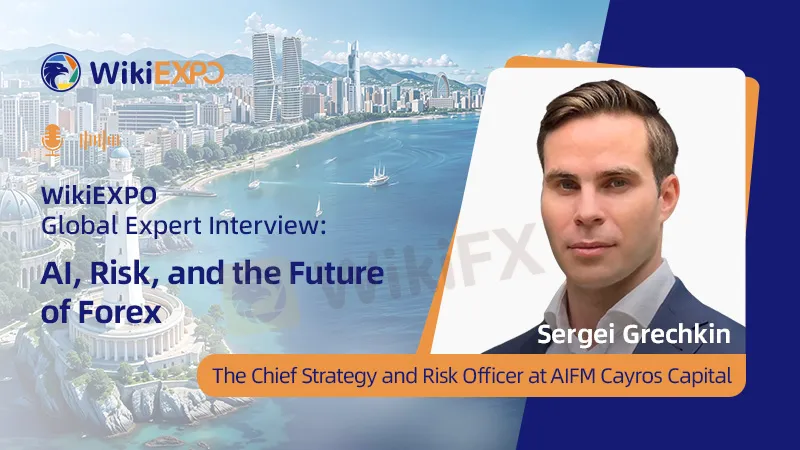
Sergei Grechkin, FRM, is the Chief Strategy and Risk Officer at AIFM Cayros Capital, with over 15 years of experience in asset management, investment strategy, and risk leadership. He has been directly involved in a multi-billion-dollar M&A transaction — one of the largest in the Financial Group in CIS region. With a background that includes time at the U.S. Federal Reserve, he brings deep cross-border insight into financial markets and risk management. During his work in Central Bank Sergei has overseen portfolios exceeding 250 billion USD , prevented defaults at financial groups, and developed crisis resolution plans that protected billions of USD in assets. Today, he helps to build resilient fund strategies, develops comprehensive risk management systems designed to protect clients capital and support their investment objectives, enabling professional investors to navigate in volatile.
Career Path
Q1: How did you first enter the risk management field and ultimately become the industry expert you are today? Can you share a key turning point in your career?
I started my career in finance at Deloitte, leveraging my masters degree in finance. This foundational experience in finance provided me with a deep understanding of financial systems and controls, afterwards I have shifted to Finance and M&A division which bring me to new domain - investment banking. But the key turning point came when I joined the Central Bank and grow up to the Head of the Supervision Team and of course my visit to the USA to the U.S. Federal Reserve System and share and exchange the knowledge with experts there.
Due to my role in CBR I oversaw major financial and industrial groups in CIS and abroad, each comprising numerous banks, investment funds, brokers, and non-financial companies, with a combined capitalization exceeding billion of USA dollars. Leading such a diverse portfolio required me to develop a comprehensive approach to risk oversight and regulatory compliance, while also fostering international collaboration with EU and USA supervisory authorities. This experience honed my ability to navigate complex cases and solidified my expertise in managing large-scale, multifaceted risks.
Over the past four years, as Strategy and Chief Risk Officer at Cayros Capital, Ive further advanced my expertise by overseen a portfolio exceeding €1 billion but now from the different side of the road. My focus has been on innovating risk management practices, integrating machine learning models to enhance risk assessment accuracy, and aligning policies with global industry standards. My passion is always looking for innovative solutions in order to achieve the heist risk / return ration in the market.
AI and Trading Security
Q2: You recently published an article exploring the application of AI in interest rate derivative pricing and risk modelling. What do you think is the future of AI technology in forex trading security and broker risk management?
AI will definitely impacted and transform forex and broker risk management by improving risk assessment through real-time data analysis and predictive modelling and behavioural model. Machine learning can help to optimize hedging strategies, while blockchain integration could ensure secure, transparent transactions. However, the mark has a significant gap of AI-risk experts, which means many companies decision-makers lack insight into AI model operations. For them, it is still a black box, so this is making specialized risk managers essential for transparency and regulatory alignment.
Q3: As a CRO, how do you view the role of transparency in the forex market? Does this align with the principle of trading security that WikiFX has always advocated?
I view transparency as vital in forex to reduce risks like manipulation and reputation and build trust with clear pricing and execution. This aligns with WikiFXs focus on trading security through broker verification and open data. Some firms are moving toward traditional brokerage models, driven by regulations and demand for trust, leveraging tech for better transparency and compliance.
Investor Education and Knowledge Dissemination
Q4: You previously worked at the Federal Reserve and have published professional articles on risk modeling on multiple platforms. From your perspective, how do you translate complex risk management knowledge into content that investors can understand and apply?
To make complex risk management accessible to investors concepts like diversification or volatility into clear, jargon-free and complex-words explanations with relatable analogies. Emphasize practical steps, such as rebalancing portfolios, using real-world examples to show benefits. Using simple visuals like charts to clarify ideas without overloading data, provide risk/return ratios to compare different opportunities using the unified approach.
Future of Industry and Personal Insights
Q5: What do you believe is the biggest trend in global financial risk management? How will the foreign exchange and derivatives markets be affected?
In my opinion biggest trend in global financial risk management as of now is the integration of AI and advanced data analytics, transforming it from reactive risk management to proactive implementing predictive strategies that optimize risks and enhance returns during the geopolitical and economic instability. And of course, we see a trend in changing the regulation of AI implementation, I believe we will see in the future the requirements for AI risk management and compliance framework.
This will heighten volatility in foreign exchange (FX) markets and policy uncertainties (e.g., U.S. tariffs, elections), driving daily turnover to surge which will lead to increasing hedging demands. Derivatives markets will see increasing volumes in FX options and interest rate swaps for scenario-based mitigation. While crypto society can leverage it with blockchain enhancing settlement efficiency but also introducing new cyber and compliance risks.
Global Exchange and the Value of Exhibitions
Q6: What are your views on large-scale international industry exhibitions like WikiEXPO?
International industry exhibitions like WikiEXPO I have been visiting for the last 3 years are fantastic for sparking innovation and collaboration—they bring together diverse minds to share ideas, network, and push boundaries, enable to discuss the topics and hear different opinions.
About WikiEXPO Global Expert Interview
As the organizer of WikiEXPO, WikiGlobal is committed to fostering international dialogue and cooperation through offline exhibitions. By engaging with global experts on financial regulation, technology, and governance, WikiGlobal aims to enhance the integration of fintech and regtech, improve regulatory efficiency and accuracy, and promote industry self-discipline. Through these efforts, we encourage financial institutions to adopt best practices, build a more transparent and resilient ecosystem, and ultimately create a safer trading environment for investors worldwide.
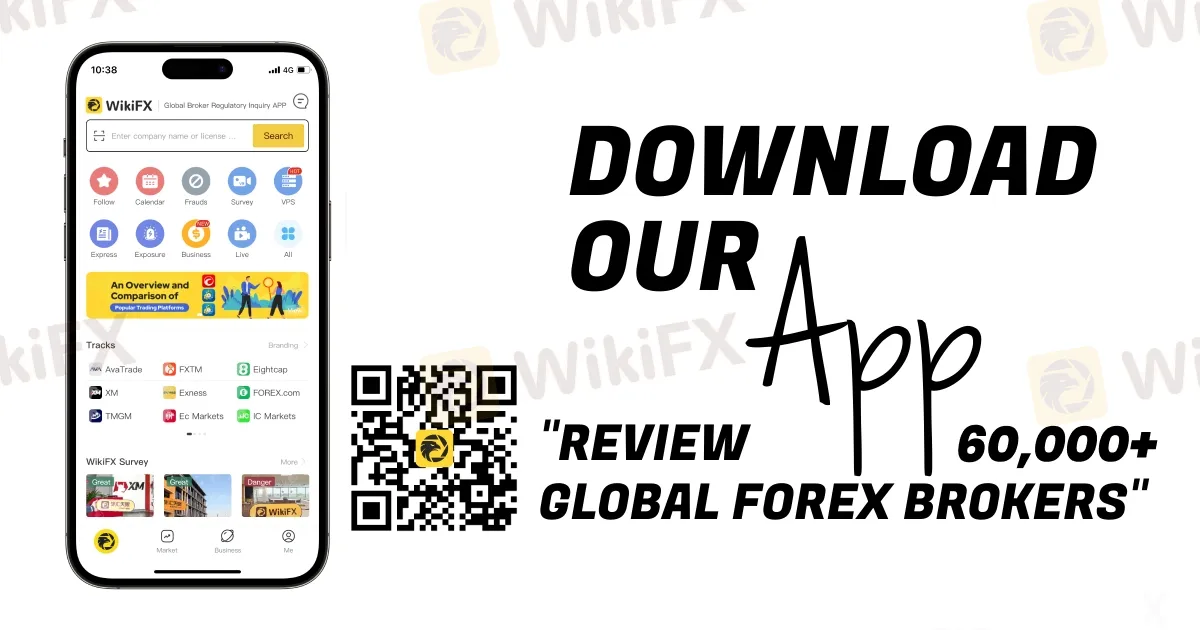
Disclaimer:
The views in this article only represent the author's personal views, and do not constitute investment advice on this platform. This platform does not guarantee the accuracy, completeness and timeliness of the information in the article, and will not be liable for any loss caused by the use of or reliance on the information in the article.
Read more
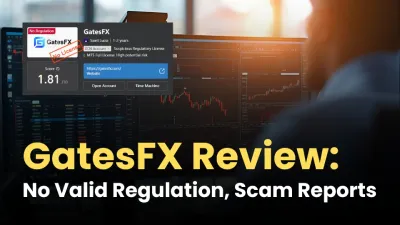
GatesFX Review: No Valid Regulation, Scam Reports Exposed
GatesFX is an unregulated broker with no valid forex license. Read our review on its platforms, account types, and potential risks before trading.
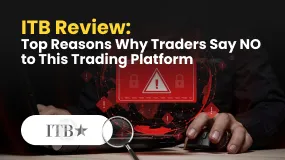
ITB Review: Top Reasons Why Traders Say NO to This Trading Platform
Finding it hard to withdraw profits from the ITB forex trading platform? Complying with the ITB no deposit bonus norms, but finding a NIL forex trading account balance upon withdrawal? Contacting the broker’s support officials, but not receiving any help from them? You are not alone! There are many such complaints against the Saint Lucia-based forex broker. In this ITB broker review article, we have highlighted some of these complaints. Take a look!
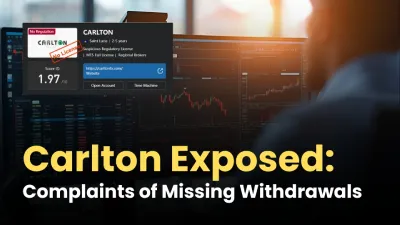
Carlton Exposed: Complaints of Missing Withdrawals
Carlton exposed reveals unregulated status, blocked withdrawals, support delays, and why traders worldwide are warning others about this FX broker.

Capital.com Applies for South Africa Trading Licence
Capital.com South Africa licence bid highlights growth as CFD brokers in South Africa compete for ODP approval.
WikiFX Broker
Latest News
Absolute Markets 2025: Is It Scam or Safe? Suitable for Traders in Pakistan?
Offshore Forex Brokers Ramp Up Expansion in Vietnam as Authorities Crack Down on Scams
'Worse Than COVID': Weak US Manufacturing Surveys Signal Stagflation In November
Scam Alert: 8,500 People Duped with Fake 8% Monthly Return Promises from Forex and Stock Investments
UK snack brand Graze to be sold to Jamie Laing\s Candy Kittens
FTMO Completes Acquisition of Global CFDs Broker OANDA, Marking a Major Milestone
ThinkMarkets Review: Why High Ratings Are Masking a "Withdrawal Black Hole"
Delta Fx Review: Are Technical Glitches and Scam-Like Practices Draining Trader Profits?
Deriv Review and Global Regulation Explained
FXGROW Exposed: Complete Review & Customer Complaints Analysis
Currency Calculator



